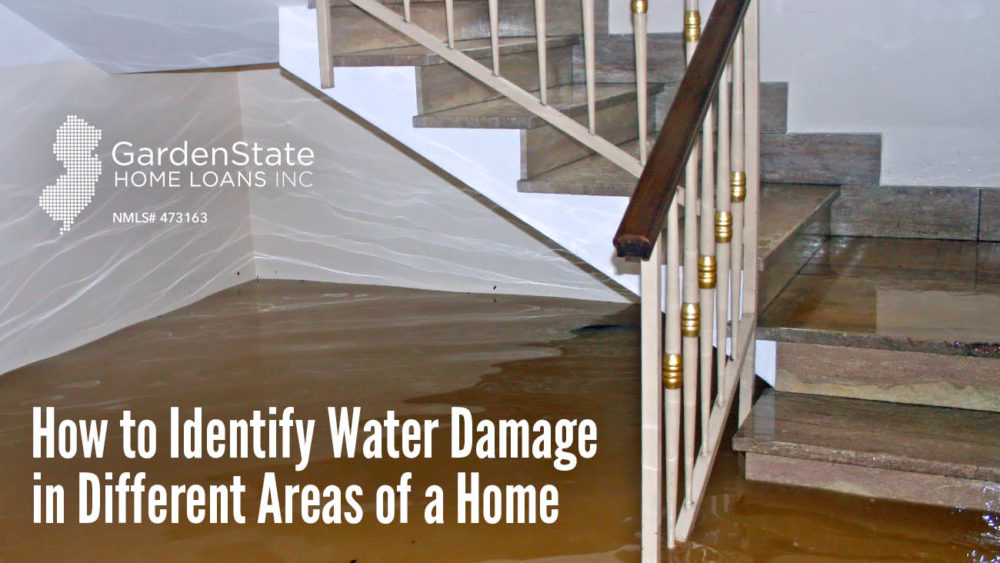
Water damage can be difficult to detect, and could even go unnoticed for months, but there are a few tell-tale signs that your home may be suffering from such damage. By keeping an eye out for any structural problems and regularly inspecting your home, you can avoid a dangerous escalation in water damages.
Here are some of the most common indicators of water damage:
Water Accumulation
One of the most visible signs of water damage, water accumulation can come from malfunctioning appliances such as dishwashers, water heaters, faucets, and toilets. Pooling water is a form of water accumulation that can be easy to spot, typically a result of a leaking roof or faulty drainage pipes.
Discoloration
Water can cause great aesthetic damage to your home if left unchecked. It can stain walls and carpets, as well as rust your home’s pipes and water heater. By keeping a close watch on any leakage problems, you can prevent your nice home from becoming a brown musty mess.
Changes in Texture
When water seeps into the floorboards of tiles and areas underneath them, it can alter their texture. For example, wood and laminated floors expand when they absorb a lot of water, unsticking them from the base. Although this kind of damage is easy to spot, it may be difficult to identify the source of the damage.
Odor
One of the telltale signs of water damage is odor. If you consistently find yourself smelling mold, mildew, and other muggy scents then you probably have a water damage problem. Certain drywall materials, such as tape and frames, act like a sponge and attract and absorb moisture. These are the perfect conditions for mold to develop, which leads to those pesky odors.
Now that you know what the signs are, it’s time to learn where to look. Different areas of your home can provide you with different signs of water damage.
Here are some of the most common places in your home for water damage:
Walls
When looking for water damage, checking your home’s walls should be one of the first things you do. Any discoloration, stains, or fraying found on the walls usually indicates some form of water damage. In addition to checking the walls, check areas around windows and doors for water damage as well.
Ceilings
Water coming from the ceiling can be a huge problem for your house. Whether it’s from a broken pipe or a leaking roof, damage to your ceiling must be addressed as quickly as possible. If you see any water spots or peeling paint on the ceiling, then you probably have water damage.
Roofs
Roofs can become damaged during extreme weather conditions, which can in turn cause water damage throughout your house. After a storm, be sure to examine your roof for any damage. Look closely at your shingles; if there is discoloration or they appear to be loose, your house could be experiencing water damage.
Appliances
One of the main causes of water damage in a home can be defective or malfunctioning appliances. Having problems with appliances can be tricky to identify because they are usually not visible until it is too late. If something does not seem to be functioning completely right, you may want to have it checked out before the problem gets worse. If you have detected visible damage but are unsure what the cause of it is, definitely look into checking pipes and other appliances for leaks.
Basements
One of the worst places in your home to have water damage is your basement. It can come in all shapes and sizes and, if extreme enough, could destroy this area of the home. Basement flooding can be caused by numerous different events and it is imperative to identify whether or not the damage you are experiencing is a one time event. The signs of this damage can range from small discoloration on your walls to dangerous outgrowths of mold.


Comments are closed.